No in-person book sales
The RRU bookstore is currently closed for in-person book sales. Our online bookstore is still available with in-store pickup available as a delivery option.
The RRU bookstore is currently closed for in-person book sales. Our online bookstore is still available with in-store pickup available as a delivery option.
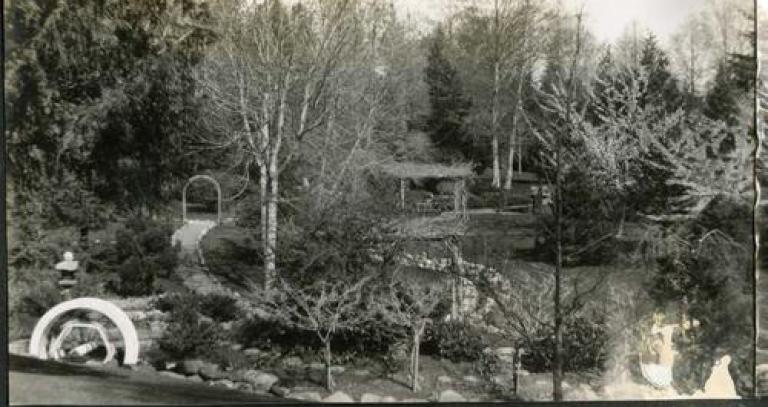
Two gardeners were responsible for the development of the Japanese gardens at Hatley Park: Isaburo Kishida and Tadashi Noda. Discover their personal stories.
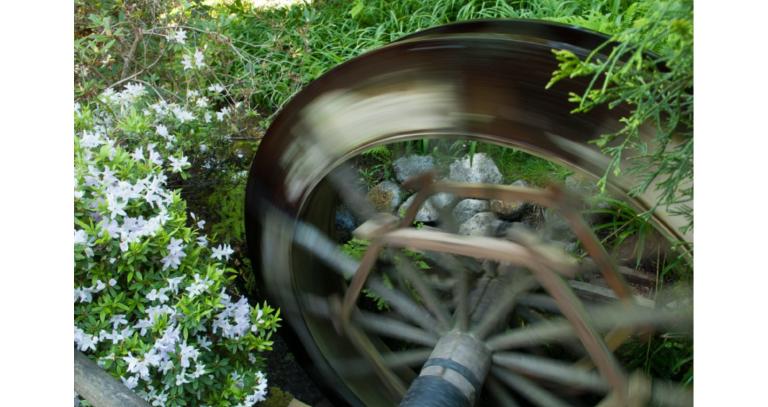
Tadashi Noda was part of the first major wave of Japanese immigration to British Columbia. He was born in a village in Hiroshima prefecture to a moderately wealthy family and was the third son in a family of seven children. He came to Canada in 1899 when he was 17 years old. Between 1899-1900, about 9,000 Japanese arrived in the port of Victoria. Many travelled on to Vancouver and to Steveston, a fishing village and cannery at the mouth of the Fraser River, but a few hundred settled in Victoria, working in agriculture, fishing, or as was Noda’s case, domestic service.
Noda worked as a domestic help and gardener for a man named Edward Hunt. Hunt was a prosperous builder contractor living on Rockland Avenue, where the wealthiest of Victoria’s population lived at the time. Noda worked for Hunt for about 14 years and in that time became fluent in English and established himself as a professional gardener. He did not earn much from Hunt, his annual salary in 1910 was just $300 (at that time, Chinese labourers could expect to earn around $400 and European domestic staff earned around $600), but with room and board covered it is possible he was able to send much of his earnings home to his family in Japan.
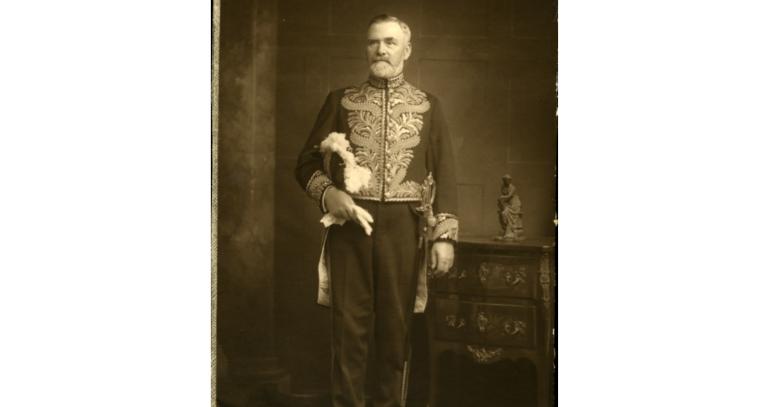
At the turn of the 20th Century, racial tensions were high in British Colombia culminating in riots in Vancouver in September of 1907. Some of the prejudice against the Asian population was because of their so-called ‘sojourner’ status. That is, the intention to come to Canada temporarily to earn money to send home to their families rather than settle or invest in the local economy. For the most part though, the riots were driven by blatant racism and calls for a “White Canada”.
James Dunsmuir further complicated the racial tensions in his role as Lieutenant Governor. Earlier in 1907, he refused to sign a provincial government bill restricting immigration of the Japanese. His official reasoning was that it was in contravention of a recent trade agreement between the federal government and Japan and could damage international relations. However, it was later discovered that he had concurrently negotiated the hire of some 500 Japanese immigrants as cheap labour for his coal mines and would have lost out through the proposed legislation. Calls for him to be impeached soon followed from many of his political opponents.
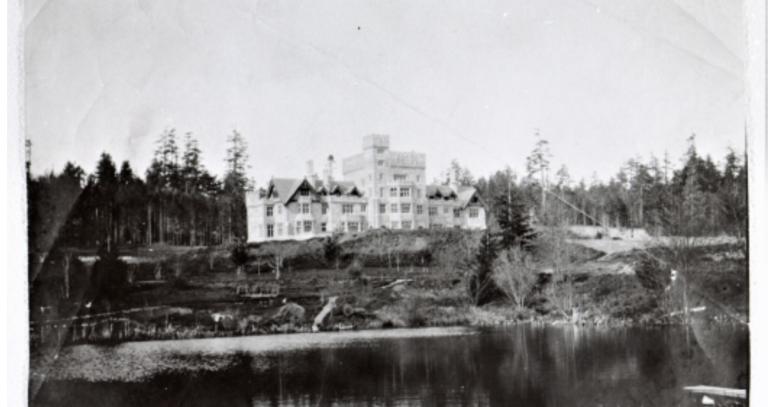
It was this uncomfortable political atmosphere that contributed to Dunsmuir’s early retirement from the Lieutenant Governor role. He began the purchase of the Hatley Park property amid the furore.
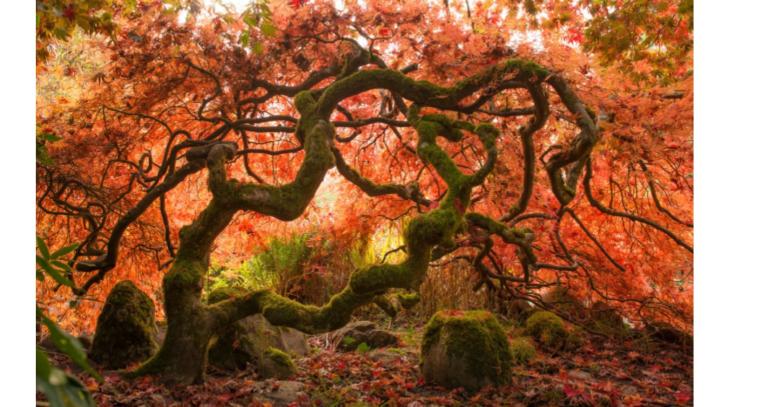
In reaction to the Vancouver riots and to ease the racial tensions in British Columbia, the Canadian government negotiated a new treaty with the Japanese government. The so-called Gentleman’s Agreement meant that the Japanese government would limit the number of passports they issued to labourers to 400 a year, but there was to be no such restrictions on family members coming over to join those already settled in Canada. From that point on, the numbers of Japanese men immigrating decreased but families started growing and permanently settling in Canada, leading to the strong group of Nissei (second generation Japanese Canadians), born in Canada, and considering it their home country.
Noda took advantage of the Gentleman’s Agreement and returned to Japan in 1912. He married Teru Sakai as arranged by both families and spent 4 months in Japan before bringing her back to Canada. Despite Noda’s relatively low earnings when in Canada for the previous 11 years, the couple travelled first class on their voyage to Canada.
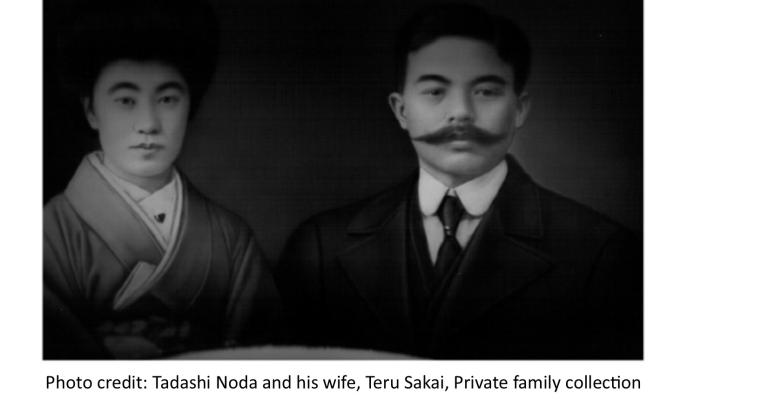
The fact that he returned to Japan and spent four months there shows that he was more fortunate than the many Japanese who married ‘picture brides’ during this time. These brides were married by proxy in Japan and then came to Canada to meet their husbands for the first time, recognizable to each other only by their pictures.
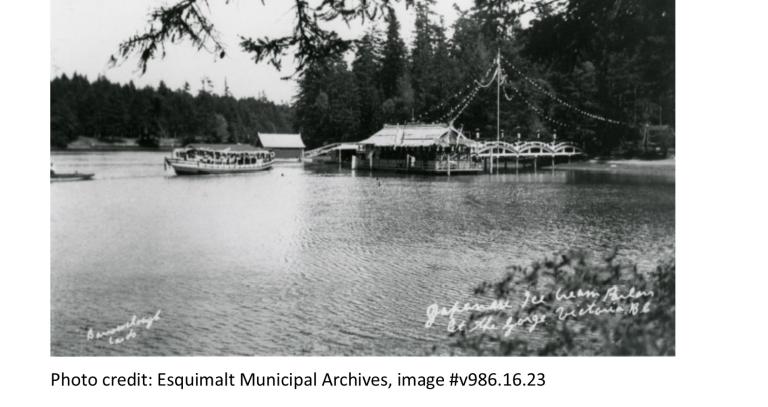
At the same time as Noda was living and working with the Hunt family, other Japanese were establishing their own businesses in Victoria. Yoshijiro (Joe) Kishida, and his business partner Hayato (Harry) Takata were entrepreneurs who proposed a plan to bring an authentic Japanese Tea Garden to the Gorge Park in Esquimalt. Situated at the end of the streetcar line, it was sure to become a popular destination point for tourists and locals alike.
A similar business, adjacent to the Gorge tea gardens and opened in 1908, was Jenkichi Nishimoto’s floating tea house and Yakata (boat), which would take passengers on a short pleasure ride further up the Gorge.
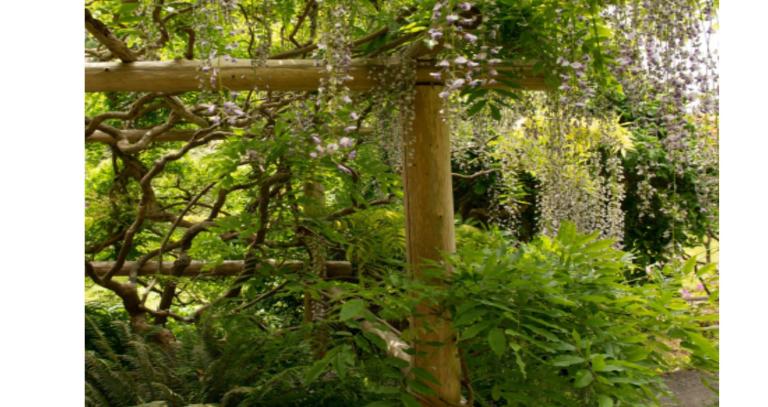
Isaburo Kishida was 60 years old when he was hired by his son to travel from Yokohama and design the Gorge Park gardens. The garden plan included several ponds decorated with stone lanterns, as well as an iris garden, a wisteria arbour and tea house. Interest in Japanese gardens and culture had been gradually spreading after the San Francisco World’s Fair of 1894, which had included a demonstration garden.
The Gorge Tea Garden was a huge success and Kishida was immediately commissioned to create more private gardens in Victoria, most notably Hatley Park and the gardens at Jennie Butchart’s property, now a part of the world famous Butchart Gardens. Isaburo Kishida did not stay in Canada. He returned to Japan in 1912 and so a capable gardener was needed to care for the gardens he had created.
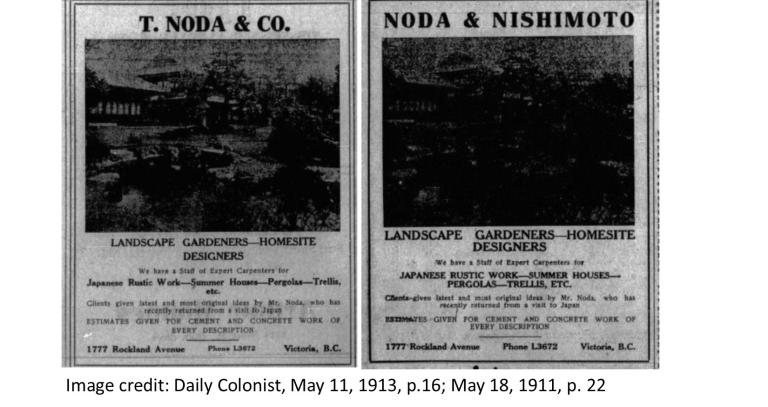
Noda’s experience in Victoria working with Edward Hunt ideally placed him as the most likely and capable Japanese person to maintain the gardens established by Kishida.
As seen in these 1913 adverts from the local paper, clients could expect to be given the “latest and most original ideas by Mr. Noda, who has recently returned from a visit to Japan”. In the second advert, placed a week after the first, explicitly names Nishimoto as his business partner. This strongly links Noda to the work of Kishida since Nishimoto had been involved in the original layout and designs of Kishida’s gardens. Also important is that the business address is listed as 1777 Rockland Ave, the home of Edward Hunt. It speaks well of Noda’s relationship with his employer that he was able to operate a side business out of the home.
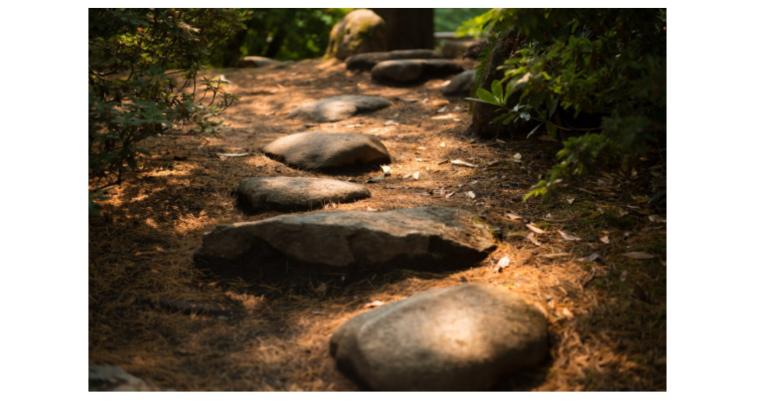
By November of 1913, the Noda family were living in Colwood, possibly at Hatley Park, and 3 daughters were subsequently born there, Marion, Sede, and Shige.
In 1919, Noda’s wife, Teru succumbed to breast cancer. The family had returned to Japan for treatment but it was not successful. While in Japan, another arranged marriage saw Noda married to Miki Hayashi in January of 1920, and the two youngest daughters were adopted by Japanese families at the same time. Tadashi and Miki returned to Canada with Noda’s eldest daughter, seven year old Marion, and he continued his work at Hatley Park and other gardens until about 1927. Tadashi and Miki had two children, June and George.
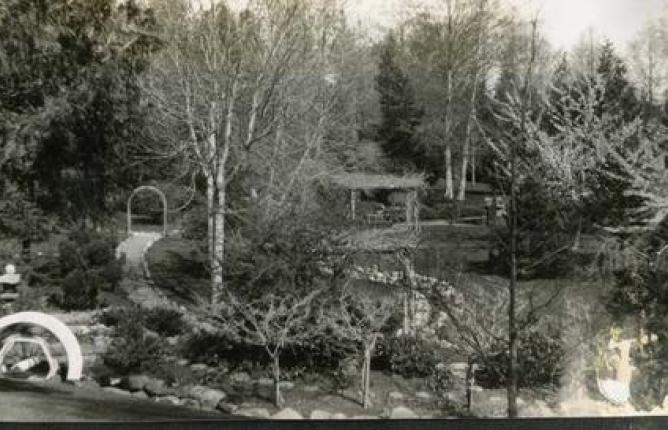
Browse the Royal Roads University Archives for digital images of the Japanese Gardens
view resources